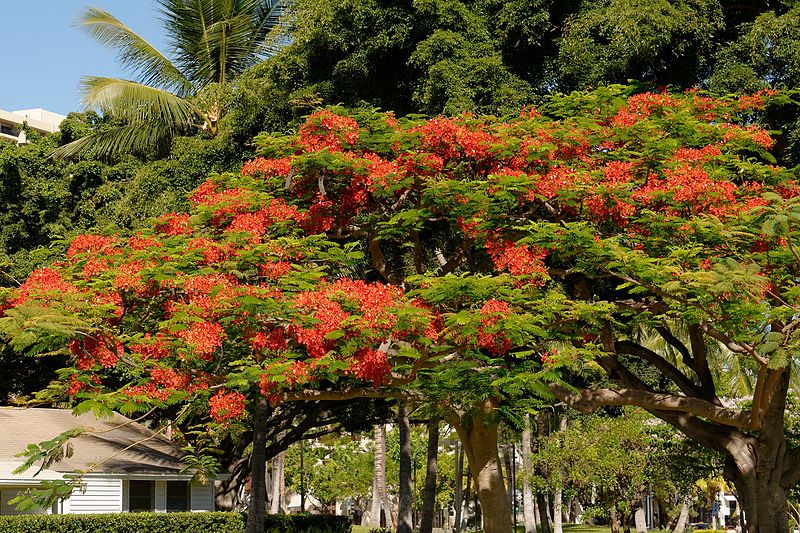
Royal Poinciana Facts
- This stunning creation of evolution remains best known by the fully deserved common name of the Royal Poinciana. It has several alternate titles, though. These include the terms phoenix flower, flame of the forest, flame tree, and even simply the flamboyant.
- Among scientific professionals, however, it typically goes by its formal appellation. Fortunately for the layperson, that’s a comparatively easy to pronounce term. That’s because this botanical wonder holds the official designation of the Delonix regia.
- The remarkable work of Nature received this specific epithet due to the efforts of Constantine Samuel Rafinesque-Schmaltz. The respected French polymath accomplished the first formal acknowledgement of it as a separate and distinct species.
- Regardless of which of these honorifics one chooses to use, it plays important cultural roles in the regions in which it appears. That’s true since differing portions of its range assign various social or religious attributions to this beautiful species of tree.
- Fortunately, the Royal Poinciana seems to be maintaining a population base that’s both stable and sufficient. That pleasant situation also appears to hold true throughout its native range. The IUCN thus currently lists it as Least Concern on its Red List.
- The marvel nevertheless faces much the same potential dangers as all species on earth. Habitat loss due to human expansion forms one of these, of course. Yet, the direst threat facing it consists of the same danger of climate change we’re all dealing with.
Related Articles
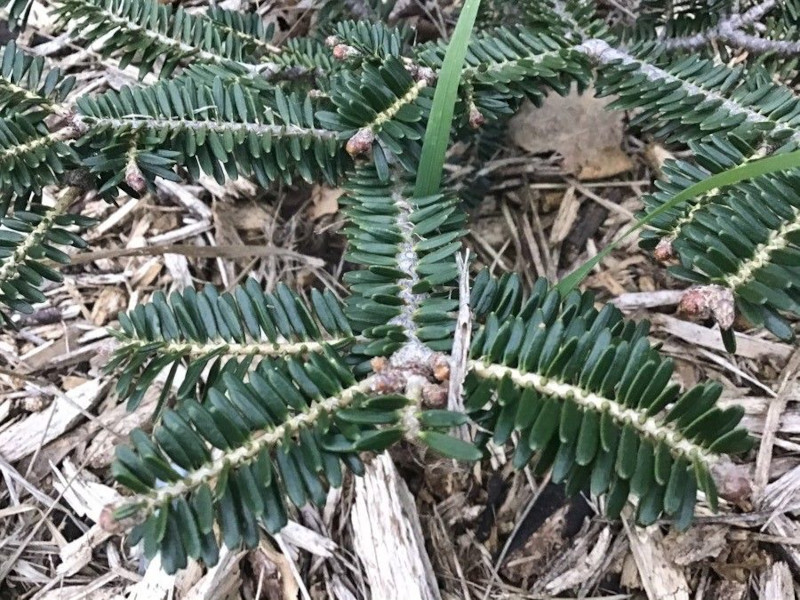
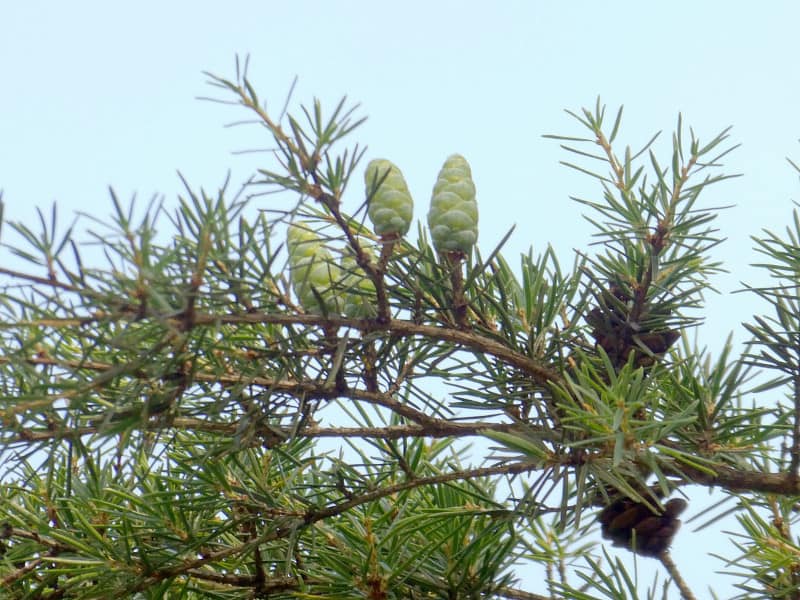
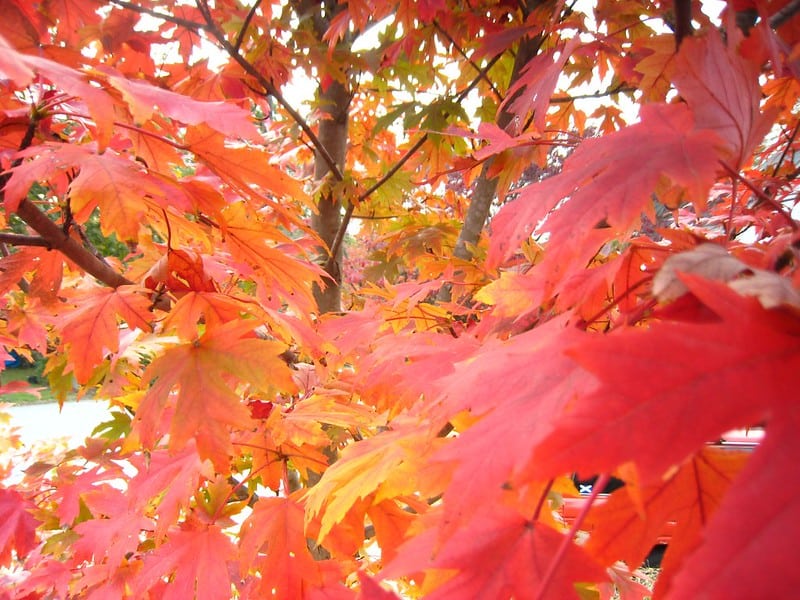
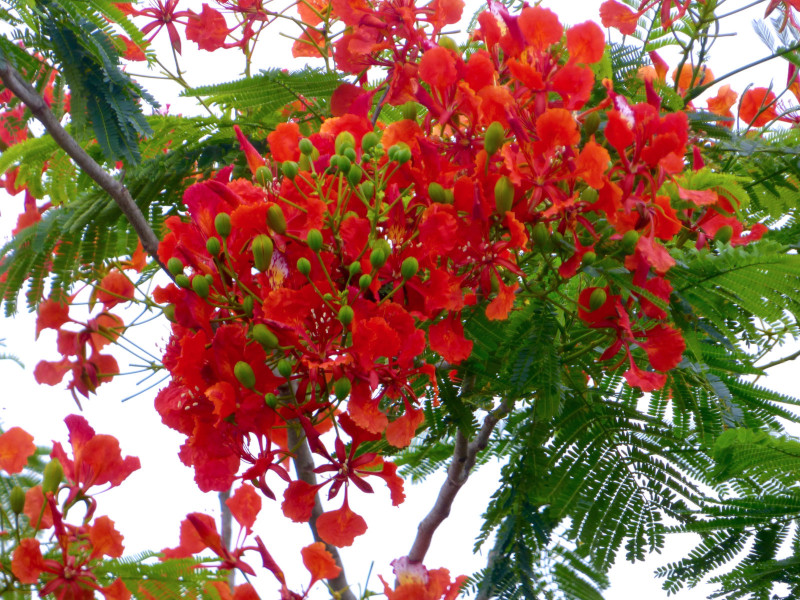
Royal Poinciana Physical Description
Much like many of its relatives around the world, the Royal Poinciana garners great appreciation from those who view it. Also following in their metaphorical footsteps, it does so for several reasons, not simply due to its undeniable beauty and natural presence.
At full maturity, the height of this amazing Angiosperm sometimes varies significantly. This occurs due to many reasons, with most of them being related to local environmental conditions. An average range of vertical growth, though, is roughly 20 – 40 ft (6.1-12.2 m).
The trunk develops as comparatively thin, with a somewhat twisted shape. Near the top of this structure, multiple thin, also twisting branches develop, producing their own even smaller members. The bark on all appears as smooth, and light greenish brown in hue.
Its intriguing foliage consists of multiple compound leaves. Each further displays a slightly feather-like texture. These leaves range in length from 12 – 20 in (30 – 50 cm), and shows various shades of a light green. Brighter shades tend to predominate, however.
Yet it’s the flowers of the gorgeous Royal Poinciana that typically receive the most attention. These blooms develop as quite large compared to related trees. Each also manifests four petals showing either scarlet or orange-red shades. These reach 3 in (7.6 cm) long.
The fruit of this amazing tree evolved as a legume, with a flat shape and woody texture. This part of the plant reaches lengths averaging approximately 2 ft (61 cm)! It contains huge numbers of very tiny seeds. These only weigh about 0.4 grams (6.2 grains) each.
- Kingdom: Plantae
- Phylum: Tracheophytes
- Class: Eudicots
- Order: Fabales
- Family: Fabaceae
- Genus: Delonix
- Species: D. regia
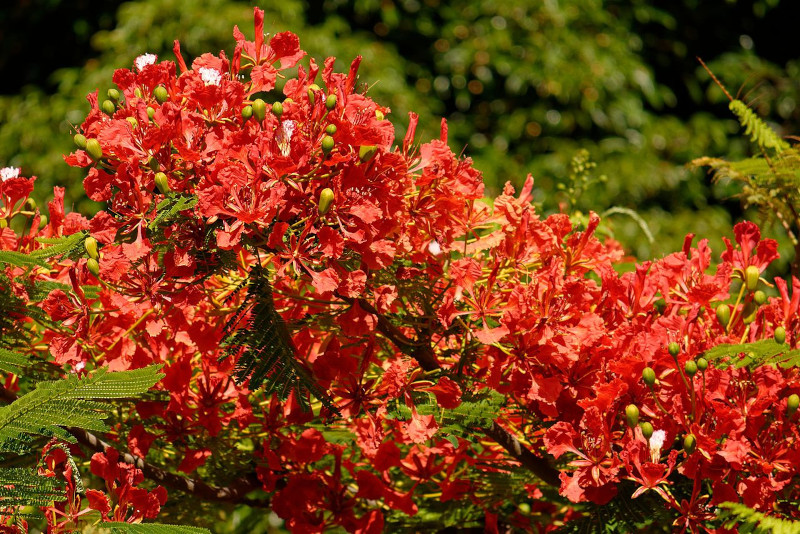
Royal Poinciana Distribution, Habitat, and Ecology
The magnificent Royal Poinciana evolved as endemic to a very limited portion of the earth’s surface. The precise area in which this zone of habitation lies, however, likely won’t surprise many people. The natural marvel developed as native to what’s now named Madagascar.
Yet, even within this already highly restricted range, it only appears in a specific section. Due to its specific habitat preferences, it only appears natively in the general southwestern portion of the island nation. It’s presently unknown if it ever spread beyond this naturally.
As mentioned above, the fabulous species possesses specific preferences regarding its choice of habitat. This principally consists of sections of dry, deciduous forests. Yet the awesome Angiosperm nonetheless shows moderate flexibility in this regard, as well.
Because of its beauty, it’s now been spread by human actions to many other parts of the world. The tree flourishes best, however, in ecosystems containing either tropical or at least near-tropical conditions. But it also tolerates drier, and even salty, conditions, too.
The eye-catching Royal Poinciana typically prefers freely draining, open areas. It further shows favoritism for soils possessin a loamy or sandy nature, enriched with copious amounts of organic matter. The species doesn’t do well in regions with higher clay contents.
In Nature, the plant most frequently propogates via seeds released after the legumes dry and release them. Flowers generally appear between May and July. These often endure for a month or more. Sadly, this tree has an average lifespan equaling only 40 years.
Species Sharing Its Range

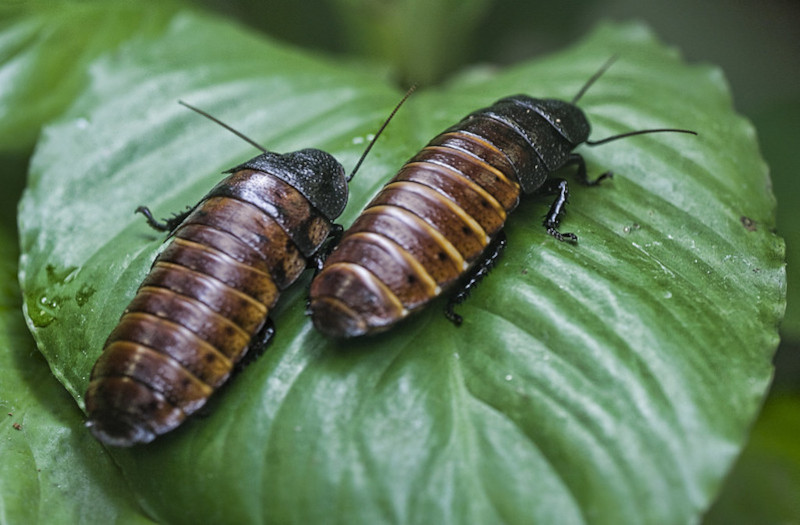
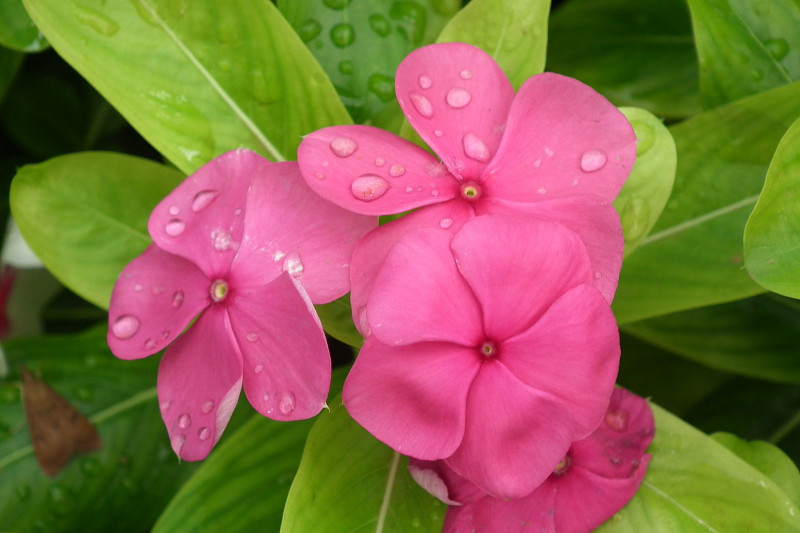
Check out our other articles on 5 Amazing Moths of Asia, Marbled Polecat, Victoria Falls, Great Barracuda, Fire Salamander, Sicilian Fir, New Guinea Crocodile, European Honey Buzzard









Leave a Reply